IAN CHENG: ENTROPY WRANGLER
| December 11, 2015 | Post In LEAP 35
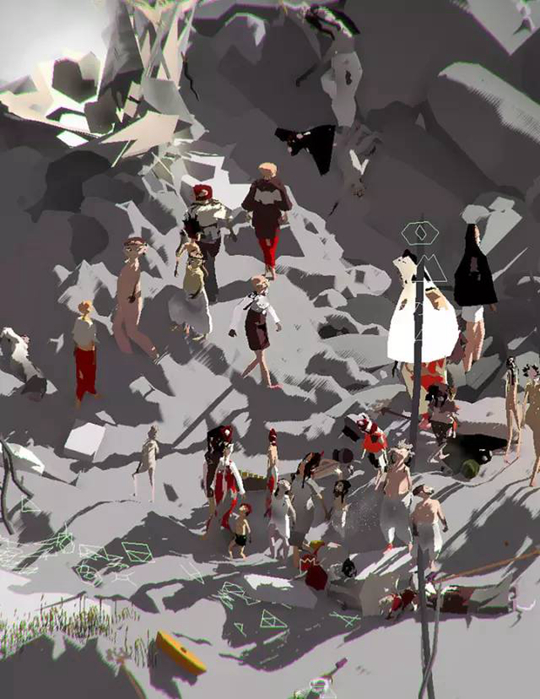
“Entropy Wrangler,” Ian Cheng’s 2013 exhibition at Off Vendome in Dusseldorf, was an excellent introduction to the logic behind this artist’s practice. The centerpiece was a large projection in the gallery’s basement described as “a live computer simulation that changes and evolves, forever.” Like all of Cheng’s simulations, it was programmed with motion capture techniques that register the physical movements of performers that are then translated onto digital bodies. These bodies coexist as individual entities subject to the laws and dynamics of a causal, virtual world: avatars of people and common objects, like hammers and basketball players, rendered in basic three-dimensional form and caught in the zero gravity of the digital screen. As they come into each other’s orbit, they react to one another in unpredictable ways: encounters produce frightening jerks and sudden glitches. Leopard skin convulses as if caught in an invisible web, as a blue sphere stretches out across the screen.
As Cheng notes, it is important to remember that his simulations are not video works: they are worlds designed to mutate and change over time like our own. This is why his Dusseldorf show included a series of vacuum bags, one of which was hanging on a wall, filled with baby oil in which a working mobile phone connected to a charger was suspended. The phone’s number was posted on Off Vendome’s website so that people could text or call the device, articulating the dynamic relationship Cheng unveils between real and virtual spaces. For him, the internet is “one of the most rhizomatic networks of the ‘globalized’ world”—“an unstoppable and expanding telecommunicative web prone to its own chain reactions, predicated on the laws that affect the digital world via material construction.” To this end, the internet is a live, causal space much like the natural world, something Cheng expanded on in 2015 with an online simulation of a swamp streamed on Vdrome during August. Titled Something Thinking of You, the artist described it as “an animal, a vegetable, a tamagotchi, a pet, for you.”
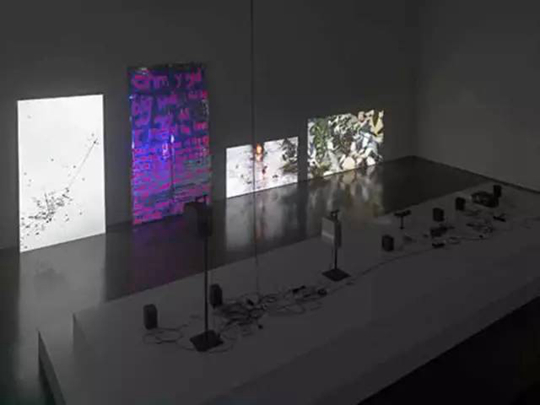
It is fitting that Cheng’s original training was in cognitive science—he studied at the University of California at Berkeley before receiving an MFA from Columbia University in 2009. Indeed, though there is humanism to his techno-logic, there is a menacing quality to the way he composes the interacting elements within the programs he produces. In his first solo show, at the Formalist Sidewalk Poetry Club in Los Angeles in 2011, for instance, he presented, among other works, Papaya Tastes Perfect. It begins with a car on a blank screen and three figures that emerge seemingly from one body, as if from a Vitruvian Man. The starting point for the work was a street fight the artist witnessed after a near-accident on Wall Street between a driver and a drunk, aggressive couple, who proceeded to attack the car. Cheng, who sees his work as a kind of hybrid cinema, found a certain beauty in the brawl. As he told Kari Rittenbach: “I wanted to make a corrupted motion-capture choreography based on a street fight that I witnessed, to disrupt this elegant technology—typically used to render graceful action—with something brutal and real.” Thus, human behavior is reduced—or abstracted—to a point of hard reflection.
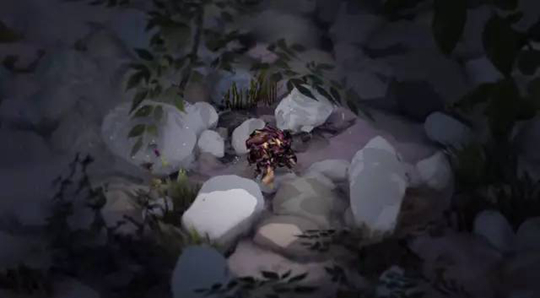
In this light, you might say Cheng’s simulations are all about holding up mirrors to the world and its structures using its own technologies of seeing—a form of hyper-social realism (or abstraction) that considers the human experience as one of total interconnectedness. On the Brats video he produced for the band Liars in 2013, in which Cheng hired acrobats to reenact a narrative based on Bugs Bunny and Elmer Fudd from Looney Toons, he explained to Rittenbach: “In Looney Tunes there’s a clear set-up and a clear ending: Fudd loses, Bugs always wins. It’s like chess: you can exercise all the different possibilities; the pleasure is in seeing the variations. The narrative isn’t over.” Given that the duration of any of Cheng’s programs is essentially infinite, what’s left is “something more like a synthesis.”
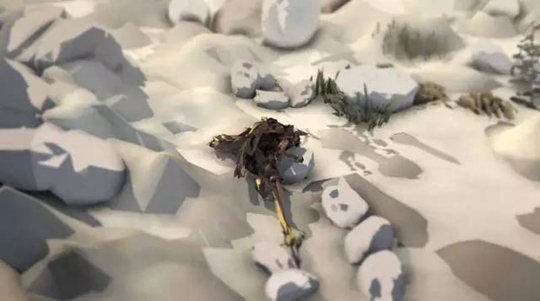
But Cheng is unsentimental when it comes to thinking about synthesis as a social concept. After all, there is no telling what might occur when two programmed objects come into contact within an equally programmed, causal world, as is the case in real life. (Consider “synthesis” in relation to colonialism, for example.) In the end, survival is the goal in both human and technological endeavors, which is why the violence is always there, lurking in the ulterior. This was articulated in the Brats music video: a roughly three-minute piece that begins with a rabbit-headed child (also featured in “Entropy Wrangler”) crouched in front of piles of cash and other items, back to the viewer, jerking to the sound of the music. A hunter and his dog emerge out of the scene and push the rabbit-child into another terrain, bare save for faint shades of rocks and foliage that emerge out of the environment. The action becomes violent quickly—at the outset, the hunter has a gun in the rabbit-girl’s mouth before he uses it to fling her grey, uncomfortably naked body to the side. A battle and a chase ensue, driven by a warped and raised alarm-like urgency. When the duelling pair encounter the Liars band members at the end, bodies implode into a heap, which makes sense. For Cheng, the goal is to look at a computer program as a series of calculations, but as an organism in its own right, just as human civilization is the sum of bodies joined within a collective frame, or leviathan.
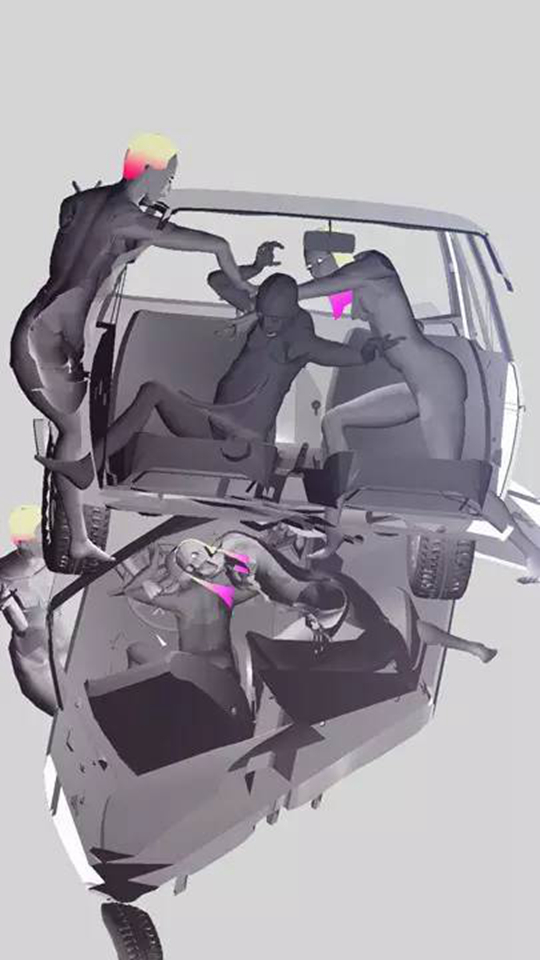
To this end, the artist’s interest in synthesis is to observe natural and technological laws alike so as to disrupt perception without alienating his audience. At the core there emerges the fundamental philosophical question Cheng poses in “Forking for the Truth,” a text written for Mousse in which he thinks of the notion of the ideal as “a truth in the wild” that becomes an idea once it has been given a name and legible human value, an event he calls “truth-to-ideal conversion.” As Cheng writes, “human existence is nothing if not defined, organized, and stabilized by ideals—names, titles, forms, heavens, hells, rituals, statuses, morals, myths, eras, scripts, models, supermodels, objects, laws, lingo.” Yet, ideals are nothing more than “crude barometers from which we give status to every piece of reality’s mess: authentic, real, fake, imitation, miracle, imperfect, precious, natural.” And when an idea becomes “actualized or replicated by humans into material reality,” it “immediately opens itself to encounters with influences too big, too small, too fast, too slow, too numerous, or too contradictory for humans to preserve against. From this uncontrollable porosity, truths transpire.” For example, when a community stops believing in an ideal, it becomes “worthless noise,” leaving only reality in its wake, from which truths emerge.
This is what Cheng calls a “mutation”—the loophole out of a closed system.
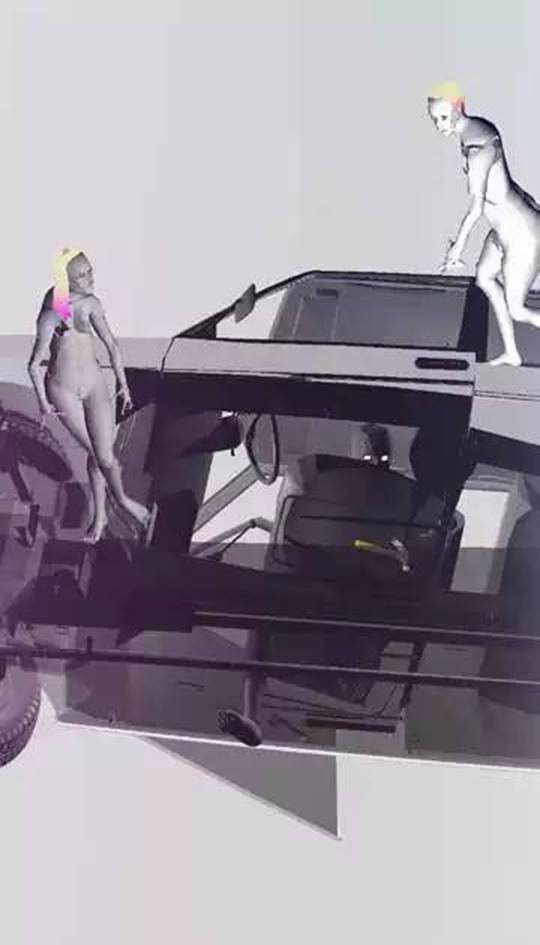
As Cheng told Rittenbach: “When you push a technology to do what it’s not supposed to, you realize how painfully dumb that technology actually is.” In other words, when we see reality for what it is, we are capable of changing it, or at least understanding it on a more fundamental level. The first step, however, is to understand that our world—including the technology that shapes it—is completely organic. By this logic, we are all entropy wranglers mediating the laws made manifest in our natural and constructed environments, a truth Cheng illustrates on micro- and macro-levels in his latest project, “Emissary in the Squat of the Gods”, first presented in 2015 as an exhibition of new works dedicated to the history of cognitive evolution curated by Hans Ulrich Obrist at Fondazione Sandretto Re Rebaudengo. One part of this exhibition was a two-channel work made up of two interconnected live simulations made by six programmers, a division of micro- and macro-realities. On one channel, we watch an ancient, pre-conscious society facing a threat to their existence, and, on the other, we follow an emissary of this society who seeks to develop consciousness. Together, the works constitute a foundation myth—a story of a society seeking out its own structures and identities.

As Cheng told Jeni Fulton, “Emissary in the Squat of the Gods” lies somewhere “between a video game and a smart story.” The artist uses very basic artificial intelligence to see what his characters might do in a narrative that, though defined, remains unstable—open to the same processes we find in the real world. Once more, we find ourselves connected between the real and the virtual, the truth and the idea, and it is the viewer who links the two. As Cheng notes, the work “procrastinates its conclusion” and, if you watch it long enough, “a sudden pattern of feelings may grow inside you and without you.” In other words, even the artist doesn’t know how things will end.

